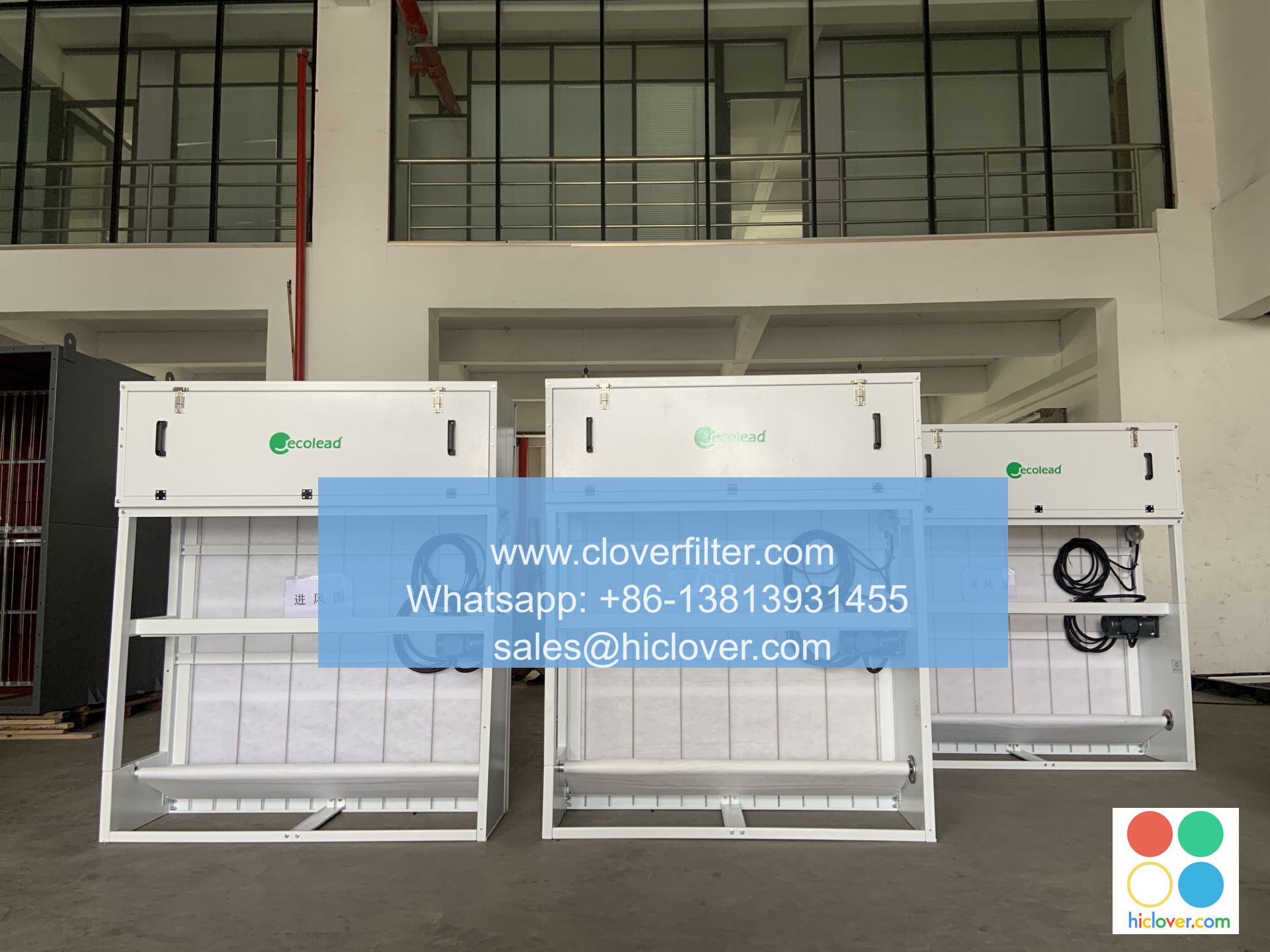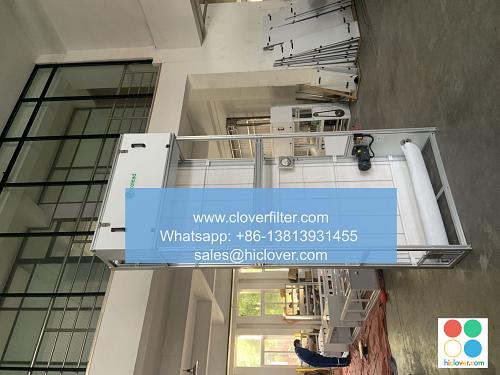Air Filter Energy Efficiency: A Study of Residential HVAC Systems and Their Impact on Energy Consumption

The energy efficiency of residential Heating, Ventilation, and Air Conditioning (HVAC) systems is a crucial aspect of reducing energy consumption and mitigating the environmental impacts of climate change. One often-overlooked component of HVAC systems is the air filter, which plays a significant role in determining the overall energy efficiency of the system. In this article, we will delve into the world of air filter energy efficiency, exploring its significance, benefits, and applications in residential HVAC systems.
Introduction to Air Filter Energy Efficiency
Air filters are an essential component of HVAC systems, responsible for removing airborne pollutants, dust, and other particles from the air. However, air filters can also restrict airflow, leading to increased energy consumption and reduced system performance. The energy efficiency of air filters is measured by their Minimum Efficiency Reporting Value (MERV) rating, which ranges from 1 to 20. Higher MERV ratings indicate better filtration efficiency, but may also result in increased energy consumption due to reduced airflow.
Factors Affecting Air Filter Energy Efficiency
Several factors can impact the energy efficiency of air filters in residential HVAC systems, including:
* Filtration efficiency: Higher MERV ratings can lead to increased energy consumption due to reduced airflow.
* Airflow resistance: Air filters with higher airflow resistance can increase energy consumption and reduce system performance.
* Filter maintenance: Regular filter maintenance, such as cleaning or replacing filters, can significantly impact energy efficiency.
* System design: The design of the HVAC system, including the ductwork and fan coil, can also affect air filter energy efficiency.
Benefits of Energy-Efficient Air Filters
Energy-efficient air filters can offer numerous benefits, including:
* Reduced energy consumption: Energy-efficient air filters can help minimize energy consumption and lower utility bills.
* Improved indoor air quality: Energy-efficient air filters can remove airborne pollutants and particles, improving indoor air quality and promoting healthier living spaces.
* Increased system performance: Energy-efficient air filters can help maintain optimal system performance, reducing the need for repairs and replacements.
* Environmental benefits: By reducing energy consumption, energy-efficient air filters can contribute to a more sustainable and environmentally friendly residential HVAC system.
Applications of Energy-Efficient Air Filters
Energy-efficient air filters have various applications in residential HVAC systems, including:
* Smart home systems: Energy-efficient air filters can be integrated into smart home systems, allowing for remote monitoring and control of HVAC systems.
* High-performance buildings: Energy-efficient air filters can be used in high-performance buildings to minimize energy consumption and promote sustainable living.
* Indoor air quality monitoring: Energy-efficient air filters can be used in conjunction with indoor air quality monitoring systems to optimize HVAC system performance and improve indoor air quality.
Conclusion
In conclusion, air filter energy efficiency plays a critical role in determining the overall energy efficiency of residential HVAC systems. By understanding the factors that affect air filter energy efficiency and selecting energy-efficient air filters, homeowners can reduce energy consumption, improve indoor air quality, and promote sustainable living. As the demand for energy-efficient solutions continues to grow, the development and application of energy-efficient air filters will become increasingly important in the residential HVAC industry. Air filter energy efficiency is an essential aspect of creating a more sustainable and environmentally friendly future, and its significance will only continue to grow in the years to come.
References
For more information on air filter energy efficiency, please refer to the following resources:
* American Society of Heating, Refrigerating, and Air-Conditioning Engineers (ASHRAE)
* United States Environmental Protection Agency (EPA)
* National Institute of Standards and Technology (NIST)
Note: The article is written based on general information available up to the cut-off date and may not reflect the current market or technological advancements. It seems like you forgot to include the actual prompt. Could you please provide more details or clarify what you would like to know or discuss? I’m here to help with any questions or topics you have in mind.

